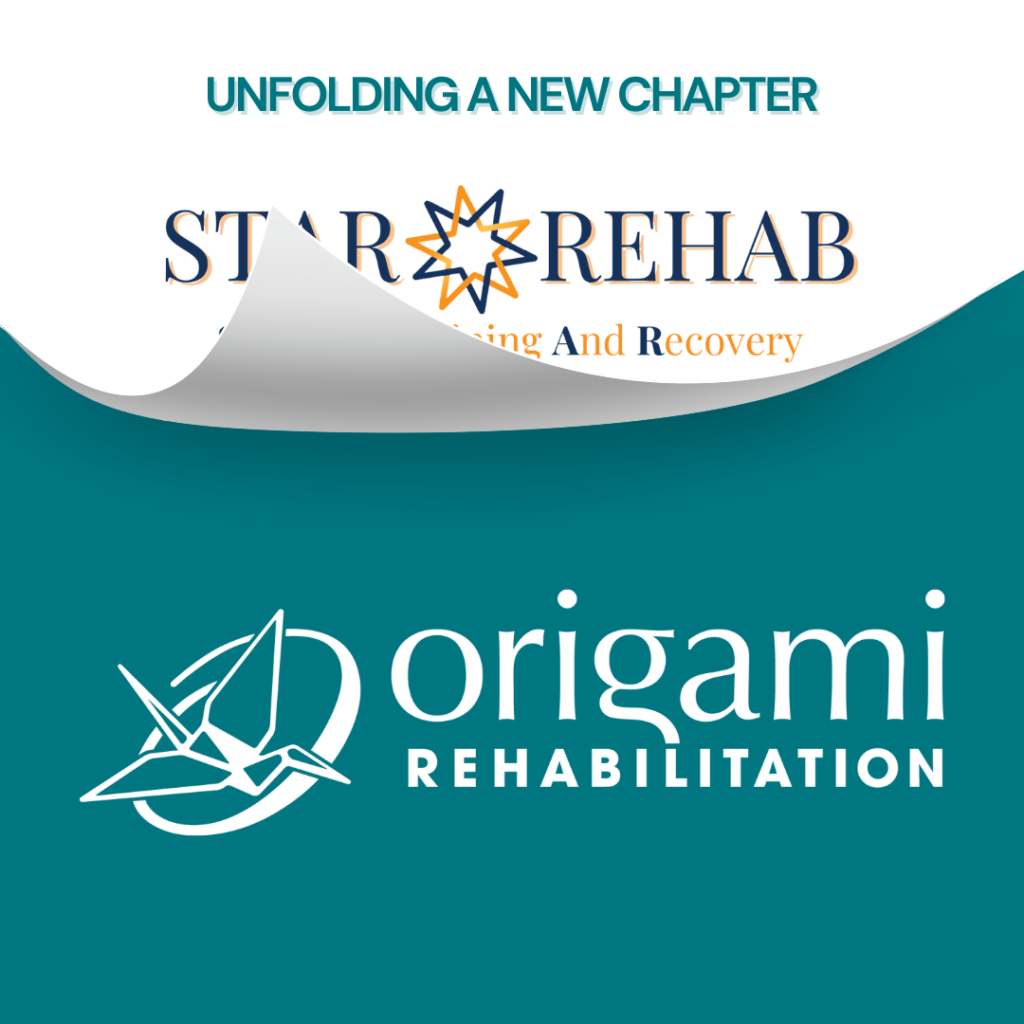
Exciting News! STAR Rehab is Now Part of the Origami Rehabilitation Community
After proudly serving the Grand Blanc community for 20 years, STAR Rehab will officially join Origami Rehabilitation on January 1, 2025.
This partnership combines STAR Rehab’s tradition of exceptional care with Origami’s innovative programs and expanded expertise. Operating as Origami East, the same trusted team will continue to provide physical, occupational, and speech therapies, now with enhanced resources to support your journey to recovery and wellness.
In addition to these therapies, Origami East will also offer mental health therapy as a new service.